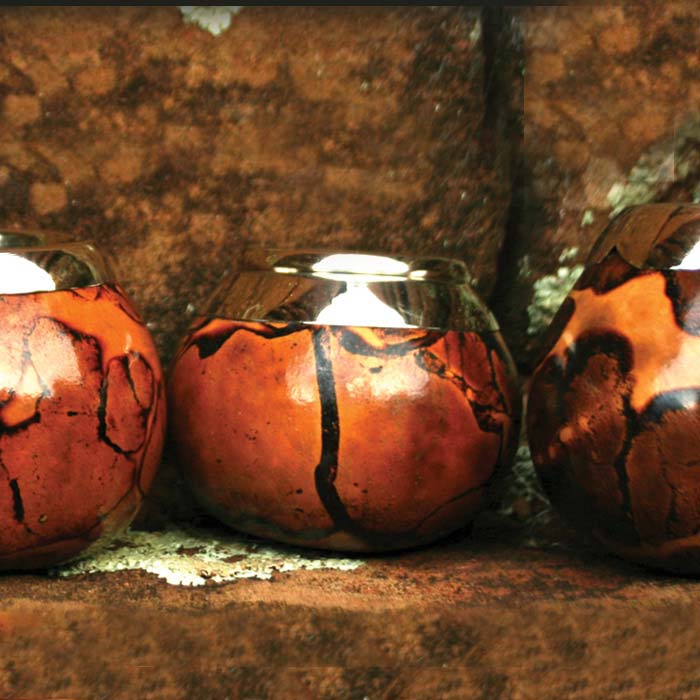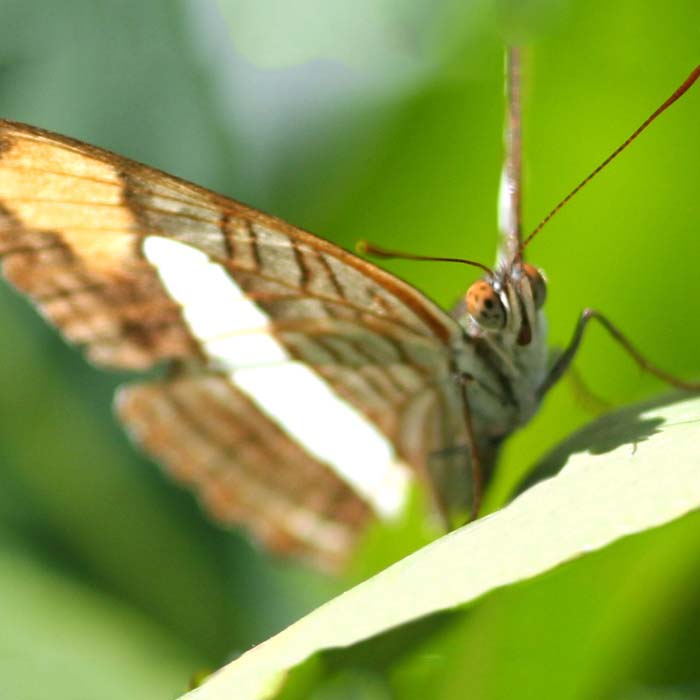Yerba Mate History
Máte is a typical drink of Argentina, Uruguay, Paraguay and southern Brazil. First discovered by the Guarani aborigines, who drunk it as tea and also chewed the leaves. In Guarani culture, yerba máte had a social role beyond its nutritional benefits. It was an object of worship and ritual, used as currency to trade with other tribes. It is also believed that after the creation of different gods, the Guarani aborigines gathered together to drink yerba máte.





